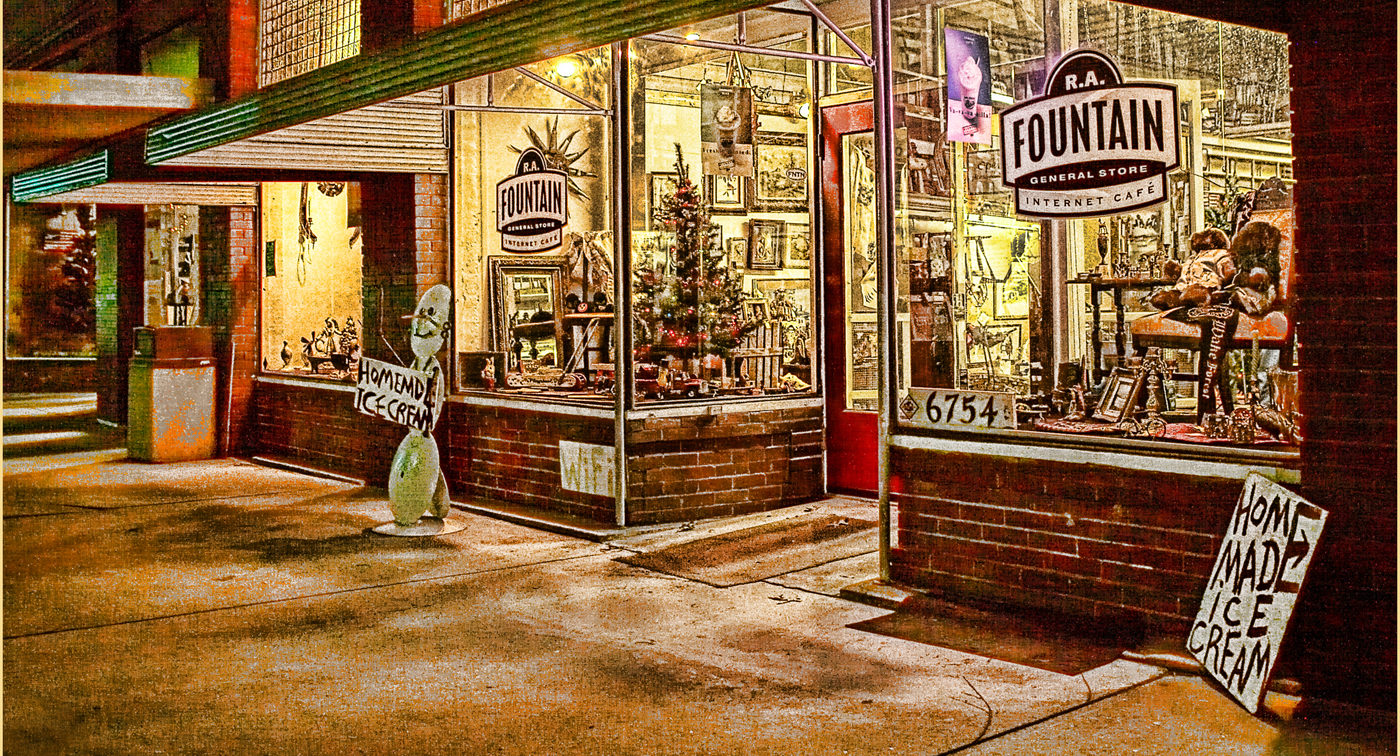It doesn’t seem that the role of women is given much consideration when people talk and write about the Civil War. There was a statue honoring the “women of the Confederacy” on the Capital Grounds in Raleigh. It’s been moved.
On March 18, 1863, about 50 women resorted to violence in Salisbury, North Carolina — but only because they felt they had no choice. Their men had gone off to war and they were left with no help on the farm, and very often large families. There was no help.
In what would become known as the Salisbury Bread Riots, the women targeted businesses they felt had been speculating and driving up the price of goods. They went to stores and demanded that merchants sell at government mandated prices — the merchants refused. I wrote about this and other things that contributed to food shortages on both in the CSA army and on the home front in Galvanized.
A more famous riot took place the same year in Richmond, Virginia.
The mostly incompetent governments of the South required crop contributions or “impressments” from the citizenry. Often that food collected ended up rotting in warehouses and never reached the troops in addition to being withheld from the women, children, and elderly.
The women ended up taking flour, salt, molasses, and about $20 in cash by the end of the day. When it was done, they wrote Gov. Zebulon Vance a letter explaining why they had taken action.
The press blamed the riots on the local governments for not doing what they should do. The Carolina Watchman reported: “go, all blushing with shame for the scene enacted in our streets on Wednesday last.”
Eventually, a rationing system was put in place because of the riots.
Women were left to raise often large families and to plant, tend, and harvest crops, all on their own. North Carolina was mostly small, remote farms and over 70% did not own slaves. What these women did to survive was no small feat.
Sources:
N.C. Dept. of Cultural Resources
N.C. Miscellany, UNC Library



Desperate times call for desperate measures.